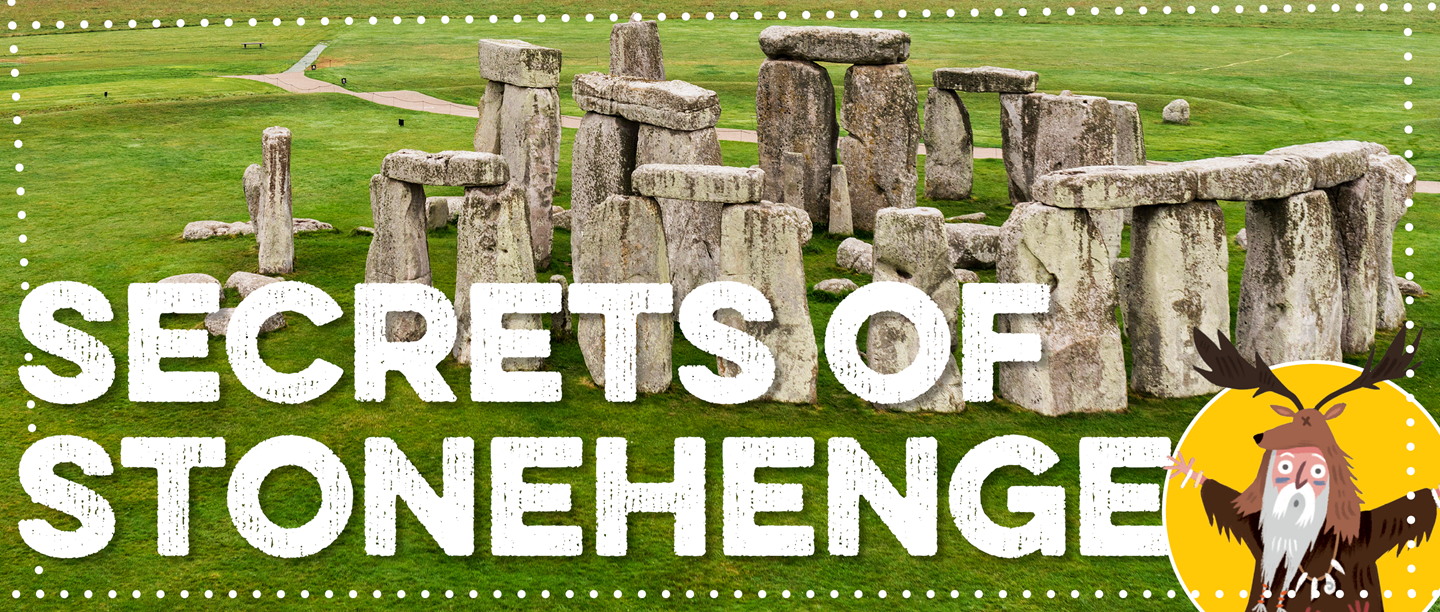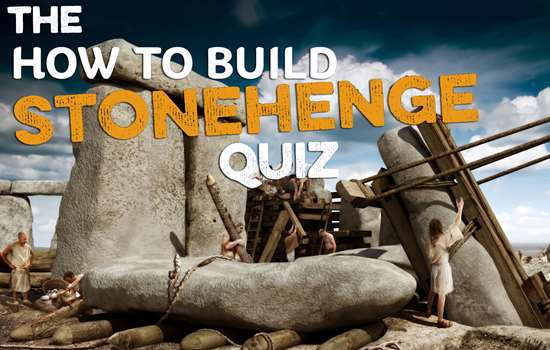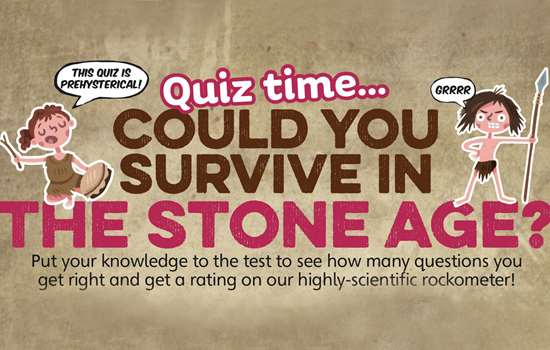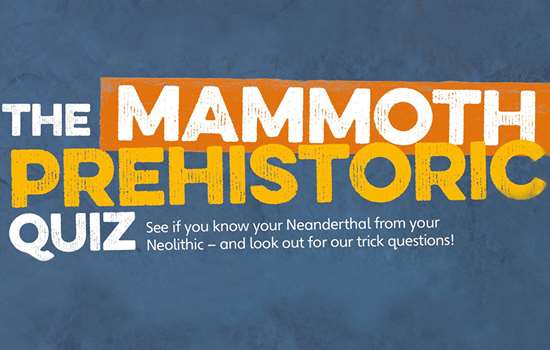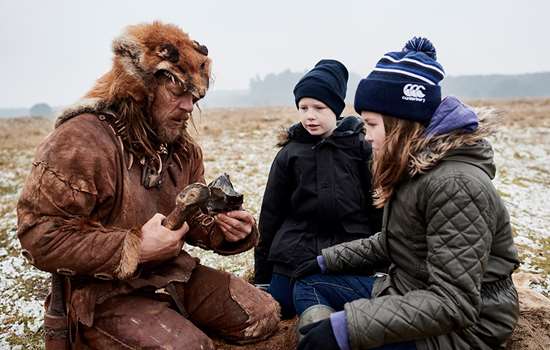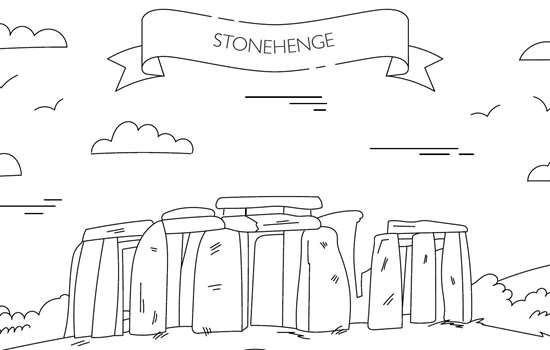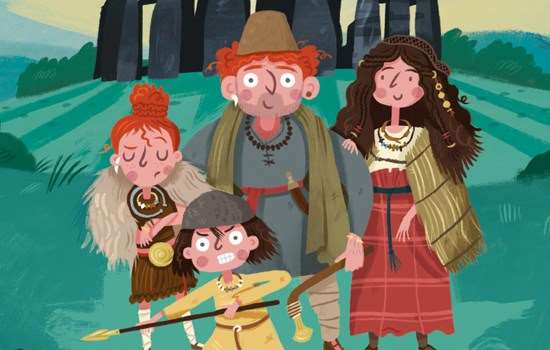Unravel the mysteries of the world’s most famous ancient site...
Rising from the grassy plains of Wiltshire, Stonehenge is a mysterious circle of giant stones, created around the same time as the Great Pyramid in Egypt. Neolithic people used it for over 1,000 years. We don’t know why – but there’s a lot we do know.
Sun show
The sarsen stones were carefully positioned to line up with the movements of the sun. On the summer solstice, the sun rises on the left side of the Heel Stone, just outside the main stone circle. Archaeologists have found a large stone hole to the left of the Heel Stone, which may have held a second stone – and the two stones would have framed the sunrise.
On the winter solstice, the sun would have set between the two upright stones of the tallest trilithon at Stonehenge. We can’t see this effect today, because the other upright stone in this trilithon has fallen over in the past.
Analysis has shown that the stones which frame the sunrise and sunset on the two solstices were the most carefully shaped, to create vertical sides that framed the movements of the sun.
What is the Solstice?
We know that Stonehenge was built to line up with the summer solstice and the winter solstice – but what is the solstice? In this video, space scientist Maggie Aderin-Pocock explains what the solstice is and why it occurs.
On the move
Whoever built Stonehenge didn’t make things easy for themselves. They brought giant sarsen stones from West Woods near Marlborough 20 miles away, and smaller (but still very heavy!) bluestones were transported 155 miles from Wales.
The bluestones were originally set up in a curved double row of stones inside the outer circle of sarsens, before being moved into the horseshoe and circle we can see today at around 2200 BC. The sarsen stones are arranged in trilithons, made of two upright stones with a horizontal one across the top.
-
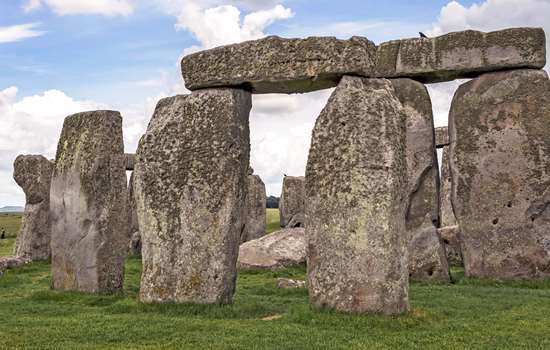
Sarsens
The sarsen stones are made of a type of sandstone rock that is found naturally all across southern England. On average, they weigh 25 tons, with the largest stone, the Heel Stone, weighing about 30 tons. That’s the same as 5 African elephants!
-
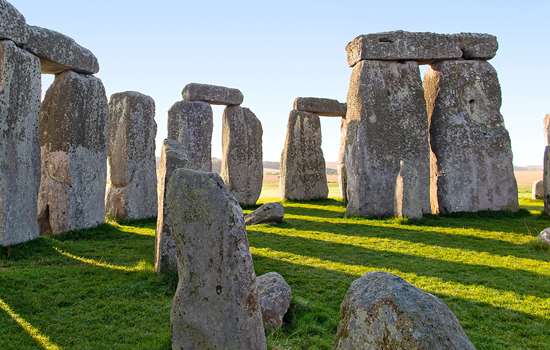
Bluestones
The bluestones have a complicated story. Some of them might have been in a stone circle at West Amesbury Henge next to the River Avon, and some may originally have been part of a stone circle at Waun Mawn, in the Preseli Hills in Wales.
-
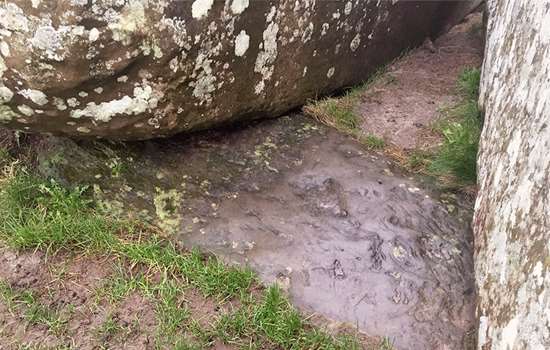
Altar Stone
The Altar Stone is made of a different type of sandstone to the sarsens that is found in south-east Wales, in the area of the Brecon Beacons. We don't know whether it was originally stood up, or laying flat like it is today.
How Was Stonehenge Created?
Giants built it!*
*(Not really)
Medieval people thought that giants must have brought the stones here. People have also wondered if Druids, Romans, ancient Egyptians, Celts, Vikings, cavemen or even aliens built it. Archaeologists know better, because the bones and other things found here are from local Neolithic people.
It's not alone
Stonehenge isn’t just a lonely circle on a plain. There are lots of other Neolithic sites like burial mounds, procession routes and earthworks nearby. A huge area of about 10 square miles is now protected as a World Heritage Site.
Two miles from Stonehenge lies an even more mysterious Neolithic circle. Woodhenge also has a bank and ditch around it, but the circle of wooden posts inside has long vanished, and was only discovered in 1926 when dark spots were seen from an aeroplane. Concrete posts now show where huge wooden pillars once stood. We don’t know what it was used for – it might have been a standing circle, like Stonehenge, a place for feasts, or even a big round building.
Feast!
The people who built Stonehenge are thought to have lived about two miles away at a site called Durrington Walls. Hundreds of pig and cow bones, and lots of broken pots, have been found buried there among the houses.
The pork had been roasted on spits, whilst the beef had been made into stews cooked in large pots. Some of the bones were thrown away with meat still attached, so people must have had plenty of food!
This evidence shows that the settlers enjoyed enormous feasts – and they didn’t always bother clearing up after themselves! Bacon sandwich anyone?
Meet the Stonehenge man
At Stonehenge visitor centre, there is a life-size model of a man who was born 5,500 years ago, before the stone circle was built. Recently, scientists made a replica of his face to work out what he looked like. He was aged 25–40 when he died and was probably born in Wales, but lived in the Stonehenge area from an early age. He must have been important because he was buried in a large mound called a long barrow. Apart from his clothes, he looks just like people today!
Men, women and children were all buried at Stonehenge, as well some animal bones. Most people were cremated, but one man was buried in the ditch. All the round mounds around Stonehenge are ancient tombs, some with treasures belonging to the dead people who were buried there.
Over to you...
Why not have a go at building your own model of Stonehenge? You can use any building materials you like, including real stones or pebbles, Lego, modelling clay – or even biscuits! Make sure you add both the sarsens and bluestones to your mini henge, and if you have some small model people, you could place them into your 'stone' circle too.
Then, put your Stonehenge model on display and impress your friends and family with some fun facts from this page!
Or, now you've learnt the secrets of Stonehenge, put your new-found knowledge to the test with our prehistoric quizzes!
